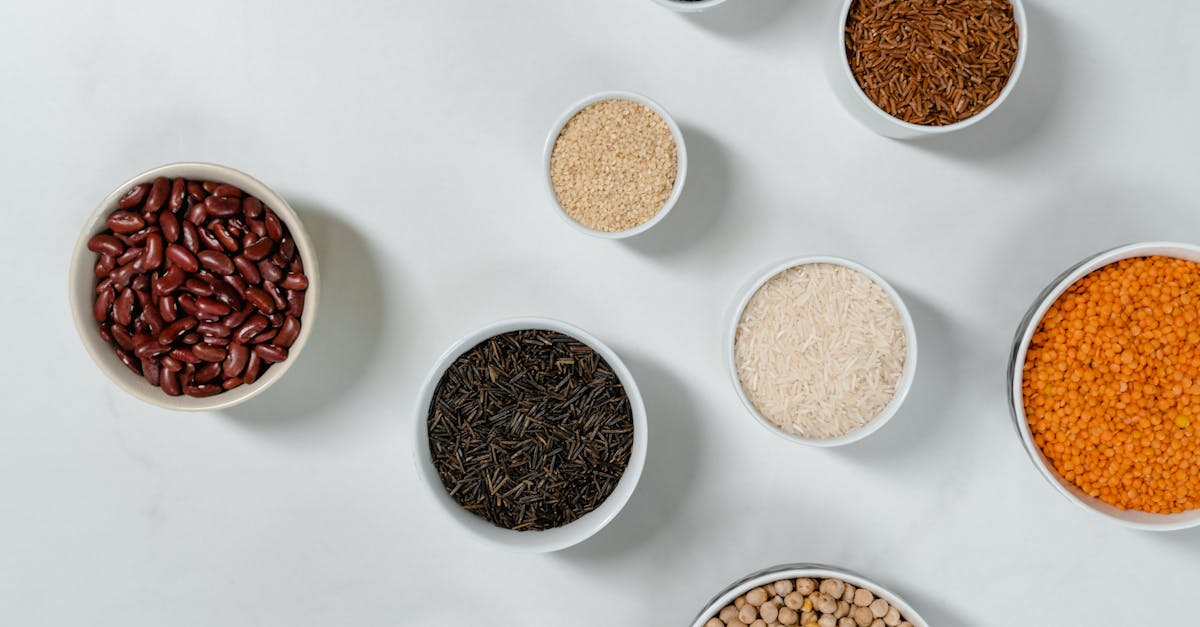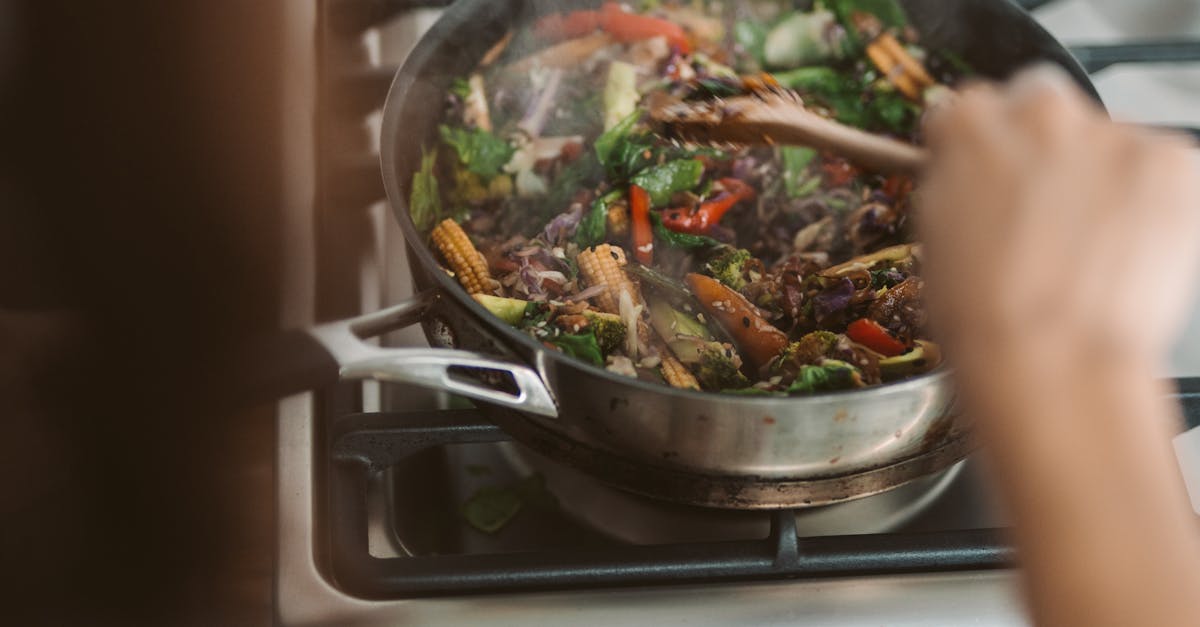Dal fry and dal tadka are two beloved dishes in Indian cuisine, often enjoyed with rice or flatbreads. While they may seem similar at first glance, there are significant differences that set them apart. In this post, we will explore these differences in detail, helping you understand the unique characteristics of each dish.
| Aspect | Dal Fry | Dal Tadka |
|---|---|---|
| Cooking Method | Cooked with spices and vegetables | Tempered with ghee and spices |
| Texture | Thicker consistency | Soup-like consistency |
| Flavor Profile | Rich and savory | Spicy and aromatic |
| Common Ingredients | Onion, tomato, and green chilies | Ghee, cumin seeds, and garlic |
| Serving Style | Served hot with rice or roti | Served as a topping over dal |
| Regional Variations | Common in North India | Popular across India |
| Health Aspects | Higher in calories | Lower in calories |
Cooking Method
Dal fry is prepared by cooking lentils with various spices and vegetables. The lentils are simmered until soft and then mixed with sautéed onions, tomatoes, and spices to enhance the flavor. In contrast, dal tadka involves a two-step cooking process, where the lentils are first cooked and then tempered with ghee and a mix of spices, including cumin seeds and garlic, which are fried until fragrant before being added to the cooked lentils. This method gives dal tadka its distinctive aroma and flavor.

Texture
The texture of dal fry is typically thicker compared to dal tadka. The inclusion of vegetables and the cooking method results in a hearty consistency that can be almost creamy. On the other hand, dal tadka has a more soup-like consistency, making it lighter and easier to pour over rice or enjoy with bread. The difference in texture is a key aspect that influences how each dish is served and enjoyed.

Flavor Profile
Dal fry is known for its rich and savory flavor, owing to the combination of spices and vegetables used during cooking. The flavors meld together to create a comforting and satisfying dish. Dal tadka, however, boasts a spicier and more aromatic profile, primarily due to the tempering process. The ghee and spices used in the tadka add depth and complexity, making it a favorite for those who enjoy a bolder taste.

Common Ingredients
While both dishes use lentils as their base, the common ingredients vary significantly. Dal fry often includes onions, tomatoes, and green chilies, which are sautéed together to form a base for the lentils. In contrast, dal tadka relies heavily on ghee, cumin seeds, and garlic for its flavor. The choice of ingredients plays a crucial role in defining the character of each dish, contributing to their unique tastes and aromas.

Serving Style
Dal fry is typically served hot alongside rice or roti, allowing it to be a hearty meal. It can be enjoyed as a main course and is often paired with various side dishes. Dal tadka, on the other hand, is usually served as a topping over the plain cooked dal, enhancing its flavor. This serving style makes dal tadka a versatile dish that can be enjoyed with a variety of accompaniments, such as naan or jeera rice.

Regional Variations
Dal fry is particularly common in North India, where it is a staple in many households. It is often made with a variety of lentils and can be customized with different vegetables and spices. Dal tadka, however, has a broader appeal and is popular across various regions in India. Each region may have its own twist on the dish, incorporating local ingredients and culinary traditions.

Health Aspects
When it comes to health, dal fry tends to be higher in calories due to the addition of oil or ghee and vegetables. It can be quite filling and satisfying but may not be the best option for those watching their calorie intake. Dal tadka, with its lighter consistency and lower use of fats, is generally considered a healthier alternative. It provides the essential nutrients found in lentils without being overly heavy.

FAQ
What is the main difference between dal fry and dal tadka?
The main difference lies in the cooking methods and flavor profiles. Dal fry is cooked with vegetables and spices to create a thicker dish, while dal tadka is tempered with ghee and spices, resulting in a lighter, more aromatic dish.
Can I make dal fry or dal tadka with different types of lentils?
Yes, both dishes can be made with various types of lentils, including toor dal, moong dal, and masoor dal. The choice of lentils can affect the texture and flavor of the final dish.
Which dish is healthier?
Dal tadka is generally considered healthier due to its lighter consistency and lower calorie content, while dal fry can be richer and more filling due to the addition of vegetables and fats.
Are there any vegetarian versions of dal fry and dal tadka?
Both dishes are naturally vegetarian and can be enjoyed by anyone following a vegetarian diet. They are excellent sources of protein and can be part of a balanced meal.
For more information on Indian cuisine and recipes, you can refer to trusted sources such as [Nutritional Guidelines](https://www.nutrition.gov/) and [Food Safety](https://www.fsis.usda.gov/wps/portal/fsis/home).
